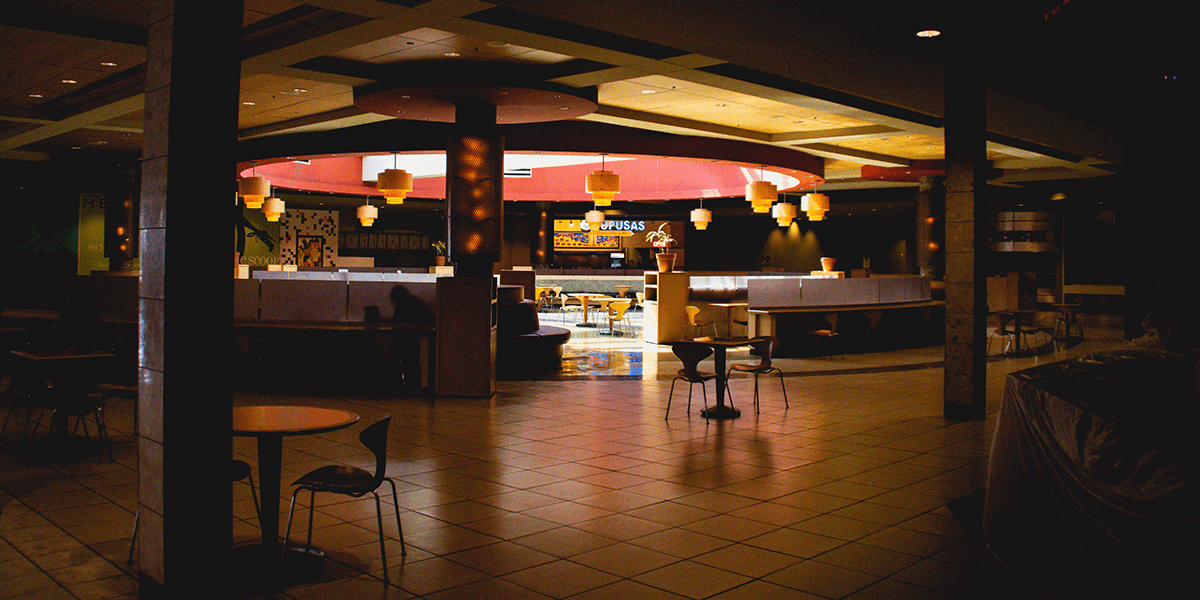
Vacancies
The US is experiencing both increasing unemployment and a labour shortage; a unique, somewhat counterintuitive phenomenon.
The US is experiencing both increasing unemployment and a labour shortage; a unique, somewhat counterintuitive phenomenon.
According to Harvard Business Review, a record-high 9 million job vacancies are being countered by 6% unemployment; a 7 year high.
Sure, the obvious answer is that the skills of job seekers do not match the demands of a growing economy. The world’s leading economy must be seeking engineers and developers to continue innovating and the local talent pool isn’t technical enough. Well, the obvious answer isn’t always the right answer. In fact, it’s low paying, hourly wage jobs have been the most difficult to fill.
As unemployment rocketed to 15% at the peak of the pandemic, the US government increased unemployment benefits as much as $600 per week. The National Bureau of Economic Research found every 10% increase in benefits led to a 3.6% decrease in job applications. Does this explain it? Again, no. They also concluded that unemployment benefits had little effect on employment as those who no longer applied were unlikely to be hired anyway.
So why is unemployment rising concurrently with job vacancies? One possibility is that the unemployed are less likely to be infected during a pandemic, especially in the United States.
Another is that the post-pandemic economy has led to incredible growth in previously stable sectors. For instance, sawmill workers are in huge demand as lumber prices skyrocket. House movers are in the same boat. In the short term, not all positions can be filled quickly enough.
The economy is nuanced and complicated. For every answer there are a thousand questions. Why unemployment and job vacancies are rising simultaneously is just another one.